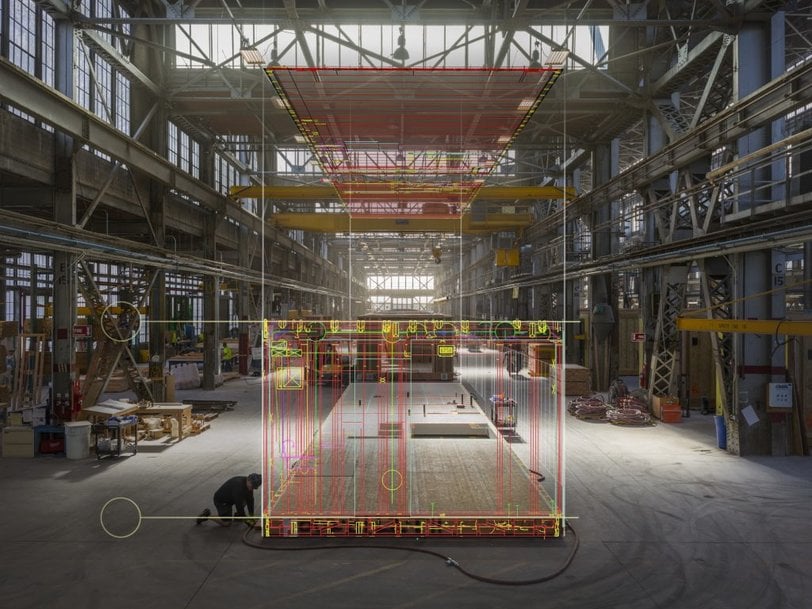Autodesk’s Second Investment in Factory_OS Fuels Innovation in Industrialized Construction, Automation & Workforce Training
I admire when companies seek to disrupt their industries from within, especially when their efforts reinforce that business can be a force for good. With its focus on prefabrication, Factory_OS is a modular construction start-up at the forefront of innovation and social good, which is why I’m thrilled to share Autodesk is building on its first investment in the company, and today announcing a second investment in Factory_OS.

Autodesk and Factory_OS have been working together for a few years to use technology to innovate and improve the overall outcomes of construction. Now with design & engineering under the same roof, Factory_OS will experience more effective collaboration and issue resolution. For example:
- Digital technologies such as laser plotting improve efficiency and quality.
- Automated cutting machines enable workers to be more productive.
- A dedicated innovation space to experiment with different techniques and approaches; those that are successful will be implemented on the full manufacturing line.
Most importantly, Factory_OS is helping us improve our products to support these workflows for ALL customers, so the benefits will be spread throughout the industry and will advance prefabrication and digitization practices. This work also allows us to learn how to reskill workers as the industry continues to evolve through technological innovation and machining. Both companies share a common desire to help make housing more affordable and better for workers. For our part, this means supporting efforts to bring high quality, lower cost homes to market more quickly while enhancing workers’ skillsets.
I had a chance to sit down with Rick Holliday, the co-founder and CEO of Factory_OS, to hear what he had to say about the investment and what it will enable Factory_OS to accomplish:
“The biggest impediment to wider adoption of industrialized construction has been the inability for the A&E process to marry the construction process. Working with Autodesk creates the opportunity for a huge breakthrough through better integration, as things can be done quicker, and with better employee training, from design through the manufacturing process. Together, we’re cracking the code on modular housing, and this second investment will help us get there faster and more efficiently.”
As an “essential business,” Factory_OS develops best practices for prefabrication
Headquartered on Mare Island in Vallejo, California, Factory_OS is a proven resource for tackling the affordable housing crisis. Their model applies a manufacturing-influenced approach to homebuilding, creating a safer and more efficient construction process with less risk to people and projects. Learning from the manufacturing industry, production of housing on assembly lines lowers prices by an estimated 20 percent, building them 40 percent faster and with 70 percent less material waste. All told, this is the formula for families who need – and deserve – more affordable homes in an unforgivingly expensive real estate market.
Last Fall, Factory_OS assembled an affordable housing complex in West Oakland in just 10 days – a process that would have taken about a year to complete on-site using traditional design and construction methods. Additionally, supportive housing for formerly homeless people in San Francisco is being built at the factory right now. This marks the first time the city has used modular construction for this type of project, cutting millions from the project’s cost and at least a year off the timeline. Factory_OS currently has 10 projects for formerly homeless people in its pipeline, including six for Los Angeles.
It’s an impressive operation. What I found most interesting is that while COVID-19 slowed – or even stopped – much of the construction industry, Factory_OS was deemed an essential service because of the company’s work supporting affordable housing and was able to continue building. Factory_OS’ adoption of digitization, worker training and prefabrication practices allowed the company to quickly adjust its indoor facility to accommodate physical distancing, create processes that are as touchless as possible, and increase remote collaboration enabled by Autodesk technology. These best practices will now help inform the setup of their second facility.
www.autodesk.com

